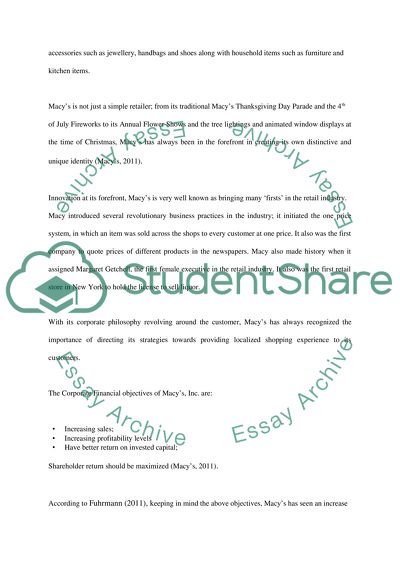Cite this document
(“Analyze a Major Retailer Term Paper Example | Topics and Well Written Essays - 2500 words”, n.d.)
Retrieved from https://studentshare.org/philosophy/1422240-analyze-a-major-retailer
Retrieved from https://studentshare.org/philosophy/1422240-analyze-a-major-retailer
(Analyze a Major Retailer Term Paper Example | Topics and Well Written Essays - 2500 Words)
https://studentshare.org/philosophy/1422240-analyze-a-major-retailer.
https://studentshare.org/philosophy/1422240-analyze-a-major-retailer.
“Analyze a Major Retailer Term Paper Example | Topics and Well Written Essays - 2500 Words”, n.d. https://studentshare.org/philosophy/1422240-analyze-a-major-retailer.


